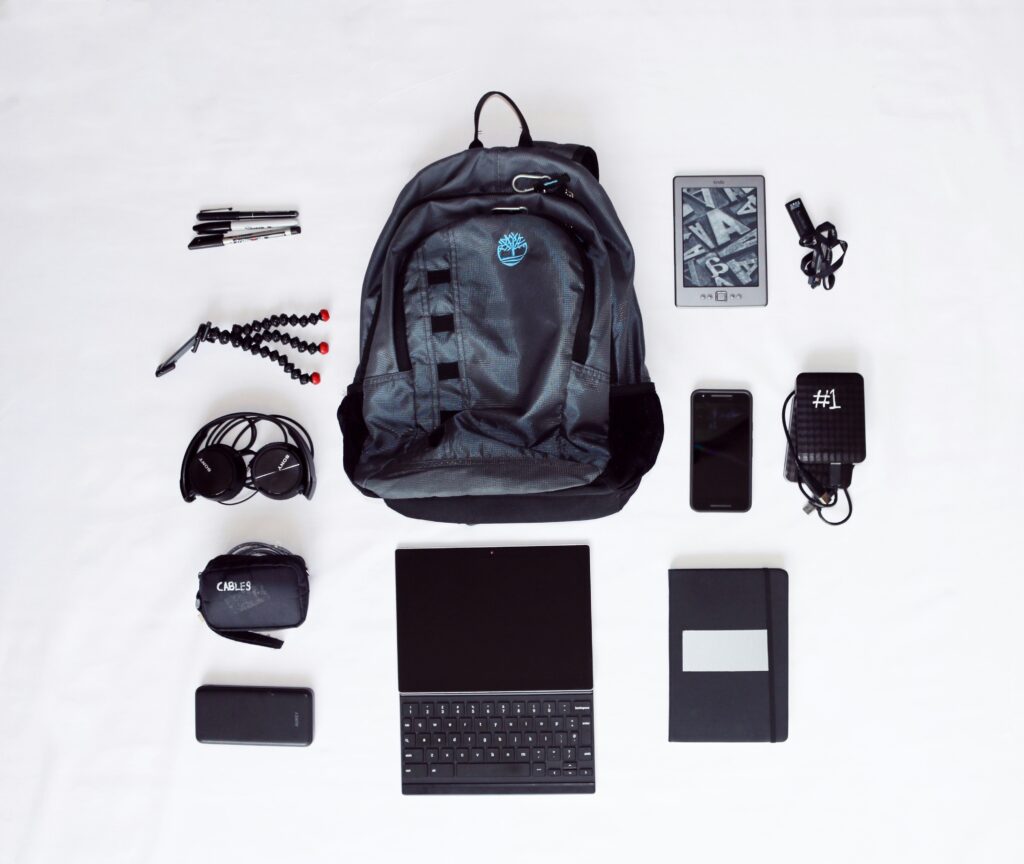Start With the Right Backpack
Packing smart starts with choosing the right backpack. Skip the floppy designs. Internal frame packs give better support, distribute weight evenly, and help keep your gear from shifting mid trek. That structure matters when you’re covering ground or scrambling rough terrain.
Don’t overpack yourself into a corner. Match the pack size to your trip. Weekend hike? A 40 50L pack is often enough. Going off grid for a week or more? Then you may need 60L or above. But hauling around 70 liters of gear for a two day trip just wears you down.
Look for smart design features multiple compartments, removable dividers, external loops. These help you organize without cramming. Easy access pockets cut your time digging for essentials. External loops let you attach bulky or quick grab gear (think trekking poles or camp shoes) without eating up core space. All in all, get a pack that works as hard as you do.
Compartmentalize With Packing Cubes
Packing cubes make chaos manageable. Use different sizes for different categories: small for cables and tools, medium for clothes, large for food or bulky gear. This system keeps everything in its place and easy to grab when you’re in a rush or unpacking in the dark.
Compression cubes go a step further. They squeeze air out while keeping your stuff neat, giving you more space without turning your shirts into crumpled messes. They’re a solid upgrade if you’re fighting for every inch.
Finish with color coding or simple labels. Mark each cube by use red for tech, blue for clothes, green for food so you’re not digging through your entire pack just to find your headlamp or charger.
Get methodical. Organization cuts down on stress, travel time, and the chance you’ll forget your socks under a pile of freeze dried meals.
Master the Roll vs. Fold Technique
Smart packing isn’t just about what you bring it’s how you fit it in. Start by rolling lightweight items like t shirts, base layers, and athletic tops. Rolled clothes take up less space, are quicker to access, and come out with fewer creases than folded ones.
For bulkier gear sweatshirts, insulated pants, or outerwear fold and lay them flat at the bottom of your pack. This creates a stable base and centers the heaviness low where it belongs, improving balance on the trail.
No space goes wasted. Stuff socks, underwear, and gloves right into your shoes. Jam smaller items into dead zones those weird corners and gaps between gear shapes. Think of your pack like a puzzle, not a suitcase.
If you do it right, there’s room for more without the bulk weighing you down.
Use Multi Use Gear

Less gear, more function. That’s the mindset for efficient backpacking. Prioritize items that serve two (or more) purposes to cut down weight and bulk. Think of a down jacket that stuffs into itself and doubles as a travel pillow. A spork over separate utensils. A UV sterilizer bottle that keeps your water safe while replacing bulky filters.
When it comes to clothing, skip the daily outfit changes. Pack fewer items in neutral tones you can rewear across multiple scenarios. Layering is your friend style doesn’t matter when you’re twenty miles from the nearest mirror.
The goal is to reduce overlap. One tool that handles three jobs beats carrying three separate tools. Pare down your packing list until every item earns its spot. If it only serves one purpose and it’s not critical, leave it behind.
Pack By Zones
Smart packing starts with knowing where to put what. A well balanced bag makes long miles smoother and keeps essentials within arm’s reach. Here’s the zone breakdown that works.
Bottom Zone: This is your least accessible area, so pack things you won’t need until the day’s done typically your sleep system. Think sleeping bag, pad, night clothes, and maybe your camp pillow. Stuff them tight and flat to form a stable base.
Core Zone: This is the pack’s center of gravity. Use it for heavier, dense gear like food, stove, electronics, and cookware. Keep things snug and organized to reduce shifting. If your load feels off, this is the zone to adjust first.
Top Zone: For quick grabs and frequent use items lightweight jacket, trail food, headlamp, basic first aid. This area trades structure for speed, so don’t overstuff it or you’ll waste time digging around.
External Mesh Pockets: Stash the ultralight but essential stuff here. A map, your trash bag, and water filter fit perfectly. This is also a good spot for wet gear or things you want to dry out on the move. Keep it simple, keep it tight.
Use Dead Space Intentionally
Wasted space adds up fast. One of the simplest ways to gain room in your pack is to actually use what you already packed. Shoes? Stuff them with socks, chargers, or a backup headlamp. Cooking pots? Nest spice kits, small fuel canisters, or tea bags inside. Think Russian dolls.
Now look at your pack itself. Hip belt pockets aren’t just for snacks they’re perfect for maps, lip balm, or a multitool. Shoulder strap clips? Hook your sunglasses or GPS tracker there. Use every lid, flap, or zippered nook those tiny internal lids are gold for stashing essentials you need but don’t want floating loose.
Then there’s what you can’t see: gear gaps. Soft items like puff jackets or base layers can be molded to fit into corners or odd shaped spaces. Compress and curve them until they fill the gaps around bigger gear. The goal is a dense, streamlined pack where every inch works.
Stay Water Smart
How you carry water matters and there’s no one size fits all solution. Internal bladders are great for balanced load distribution and easy sipping on the go, but they’re harder to refill mid hike without unpacking. External bottles, especially if they’re side mounted, give you quicker access but can throw off pack balance if unevenly loaded. Know your route. If terrain is steady and refill points are rare, an internal bladder might make more sense. For short trails with streams, bottles keep things simple.
Collapsible bottles are a low bulk win. They weigh next to nothing and shrink down after use, which frees up space. Keep one stashed for emergency rations or to supplement your bladder when you hit a dry stretch.
If you want to get serious about hydration logistics, filtration, and smart storage, check out: Water Planning for Trails: Carrying, Filtering and Storing Safely
Final Tip: Repack With Purpose
Even the most experienced hikers tend to overpack at first. Before you head out, take one final look at what’s inside your backpack and eliminate anything that doesn’t earn its place.
Audit Your Load
Use your past trips as a guide:
Remove items you didn’t use on previous hikes (with the exception of emergency gear)
Be honest about what’s essential versus what’s “nice to have”
Trust your experience and remember: lighter loads help reduce strain and fatigue
Pack for the Terrain Ahead
Trail conditions are becoming increasingly challenging and unpredictable, especially heading into 2026. Every extra ounce counts.
A well balanced, lighter pack means faster travel and better endurance
Compact gear placement leads to less shifting and fewer distractions on the trail
Tighter loading = safer navigation on uneven or narrow paths
Make Repacking a Habit
Before every trip:
Lay everything out before loading the pack
Remove duplicates or single use items without purpose
Revisit your zone system to ensure balance and accessibility
Being intentional at every stage of the packing process keeps your body fresher, your movement smoother, and your trail experience more rewarding.
